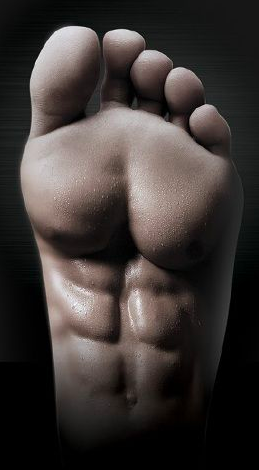“A tree is only as strong as its roots.”
Your feet are amazing structures that deserve a lot of credit. With 4 distinct layers of muscle; 28 individual muscles working over 33 separate joints in each foot, your foot is a seriously dynamic structure that transfers the force you create into the ground to propel you through whatever tasks you choose. Unfortunately, foot pain is something I treat on a daily basis, and I’m sad to say, more recently, across all age groups.
The biggest culprit I have found for foot pain across the ages is footwear. Over the next series of posts we’ll talk about a variety of foot and ankle issues, and almost all of them have a relationship to what you put on your feet. Modern footwear impedes the function of the foot.
Today, we are just going to tackle bunions. A bunion is the progressive deviation of your great toe towards the midline of the body. This deviation affects the entire medial side of your foot, and can lead to lateral dislocation of the joint. A bunion is not a callus that forms due to rubbing, that’s your bone sticking out. Developing bunions leads to a whole host of issues not limited to just big toe pain, and may have to be corrected surgically. Any of these can leave you on the sidelines for days, weeks, or even months. There are a lot of misconceptions about bunions including that they are hereditary. A bunion is not hereditary. Bunions are completely preventable.
What are the primary causes of bunions?
Poor footwear and flat feet. High heels, cowboy boots, men’s dress shoes, and even athletic footwear with a narrow toe box can result in development of a bunion.
These figures show the result of improper footwear to your feet.
Prevention.
1. In a perfect world, we would all wear shoes that have a wide toe box. However, this is not always possible whether it be professional obligation or not giving up amazing stylish shoes. There are ways to get around this.
2. When you can; be barefoot.
3. If you spend a lot of time in narrow shoes investing in toe spacers is a good idea. For every hour you wear narrow shoes, wear toe spacers for 1 hour.
4. Perform the below foot exercises daily. (added bonus- you can tell your friends you participate in toe yoga!)


